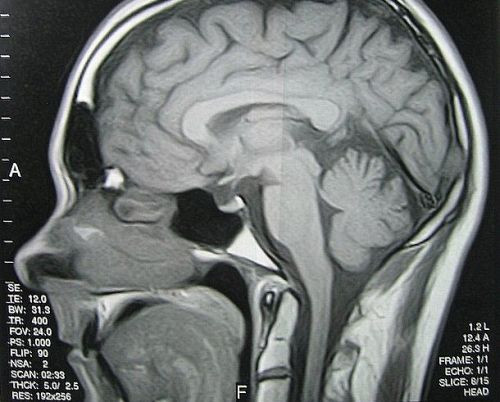Stroke Survivors' Hidden Disability: Missing External Events

Many stroke survivors cannot report or respond to external events opposite the side of their brain injury, according to a new study.
Researchers at Seton Hall University said patients diagnosed with acute spatial neglect – a hidden disability that is a common complication of stroke – affects 30 percent to 50 percent of survivors.
Bedside clinical evaluations can detect the condition, researchers at the University’s Kessler Foundation said.
The study involved 51 inpatients with stroke and left neglect, within a mean 22.3 days post-stroke.
Each patient was evaluated with laboratory measures of perceptual-attentional and motor-intentional deficits. Two bedside measures were also used: The Behavioral Inattention Test (BIT) conventional and the Catherine Bergego scale (CBS).
Health workers detecting the condition after a stroke could make cognitive intervention to improve the patient’s function and prevent chronic disability, according to Anna Barrett, MD. She is the director of Stroke Rehabilitation at the Foundation.
“Early detection of spatial neglect after stroke could enable cognitive interventions to improve function, and might prevent chronic disability,” said Anna Barrett, MD, director of Stroke Rehabilitation Research at Kessler Foundation.
The study was published in the Archives of Physical Medicine & Rehabilitation.
“Spatial neglect is often thought of as a visual problem, but it critically impairs action and movement,” she said.
Researchers explained that while the impact of weakness and paralysis are well recognized, the effects of hidden disabilities like spatial neglect are underestimated.
“Spatial neglect doubles or triples the disability a stroke survivor with paralysis experiences,” said Dr. Barrett, “and could make the difference between chronic dependence and successful return to work and life. That is why it is important to diagnosis early and includes cognitive interventions in the rehabilitation plan.”
The researchers suggest that obtaining CBS-ME scores routinely might improve the detection of spatial action deficits so that clinicians can implement appropriate care and safety interventions.
Without specific cognitive rehabilitation, spatial-action deficits may persist and cause chronic disability, the authors wrote.
“Much effort goes into hi-tech approaches,” commented Dr. Barrett. “This study, however, shows that clinical tools can be optimized for the bedside, to identify patients who need targeted management and therapy.”
Published by Medicaldaily.com



























